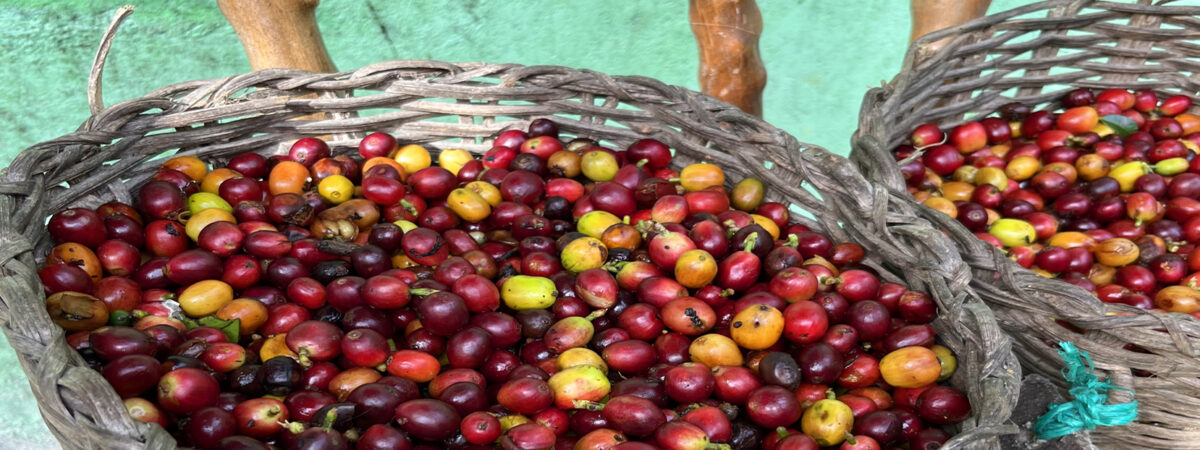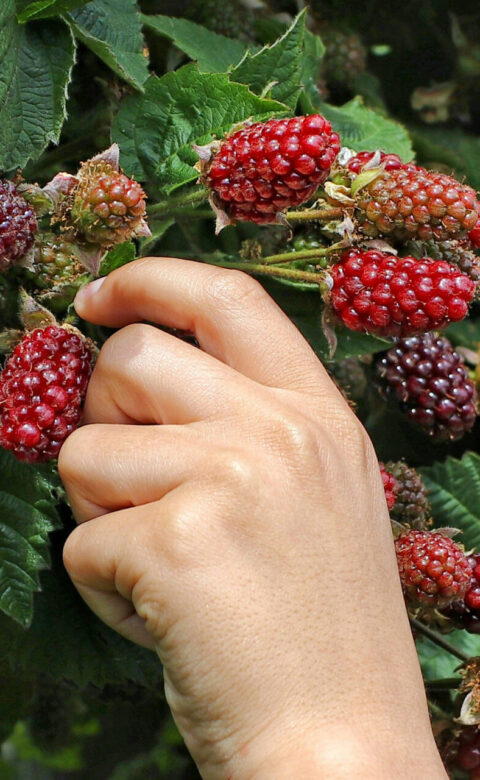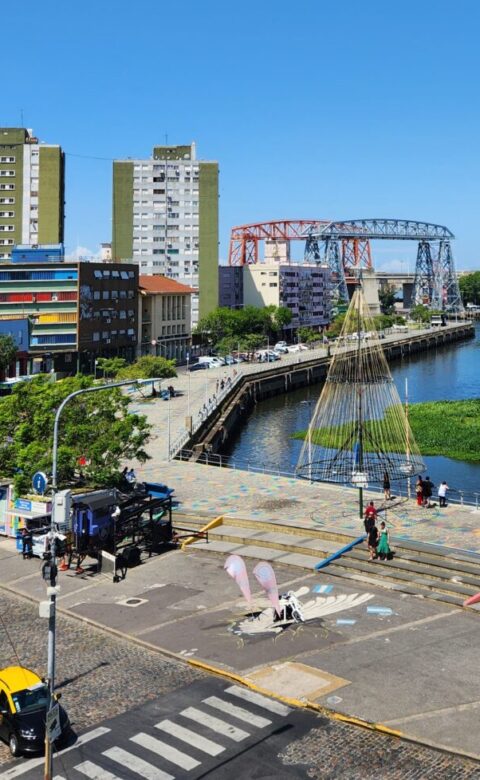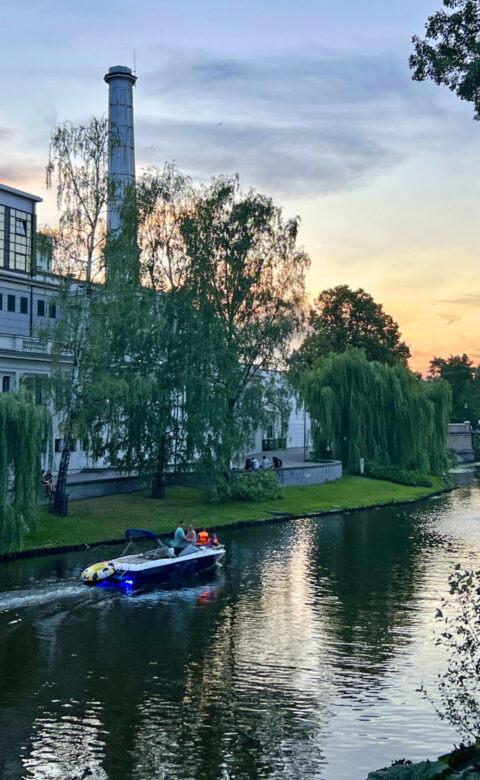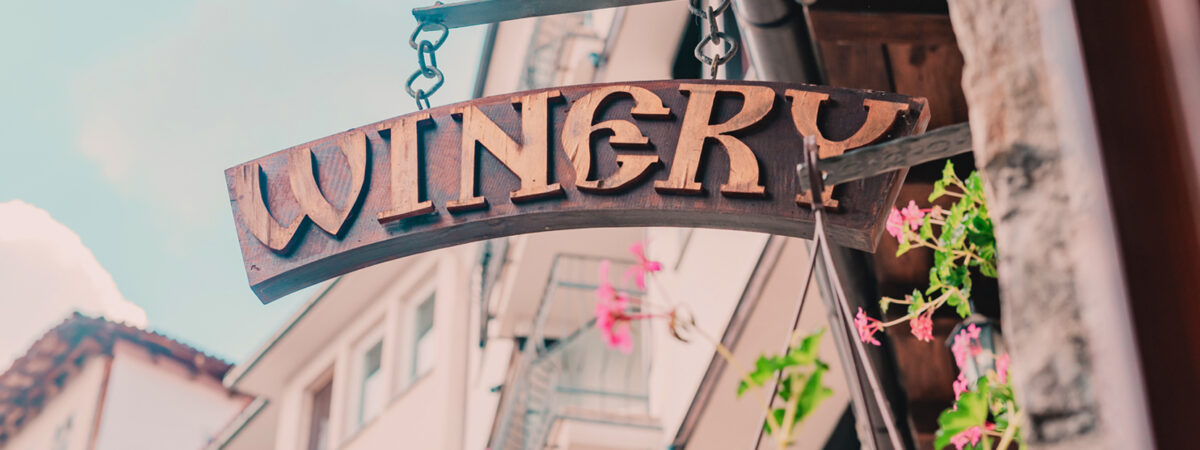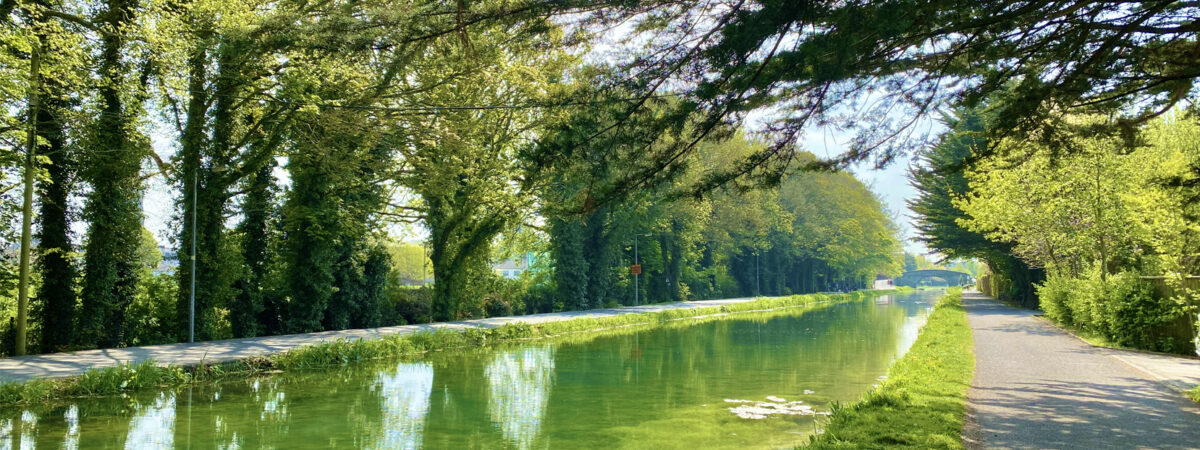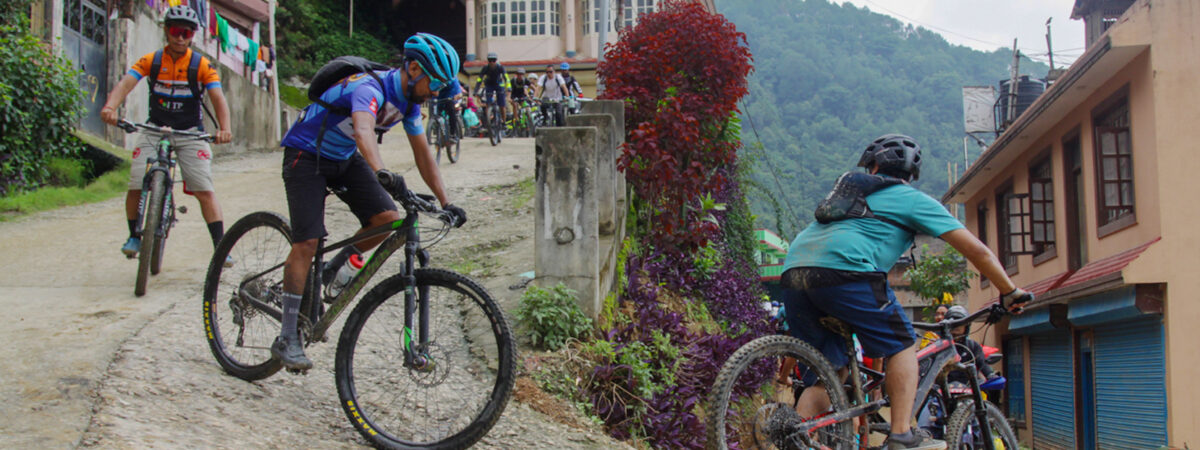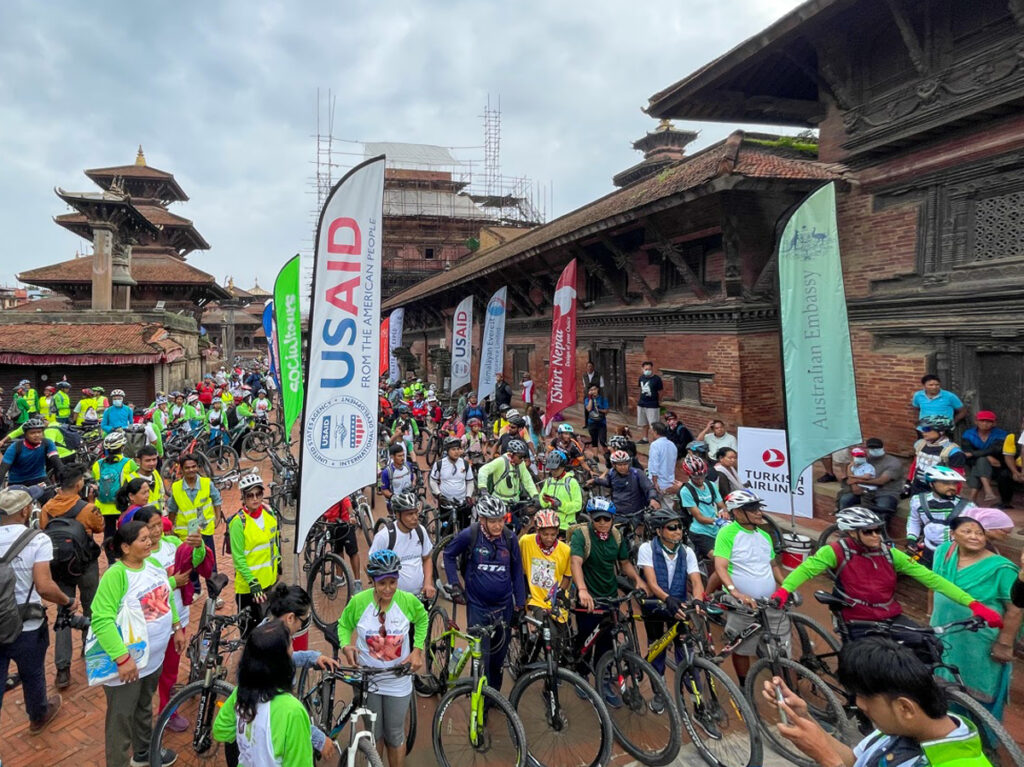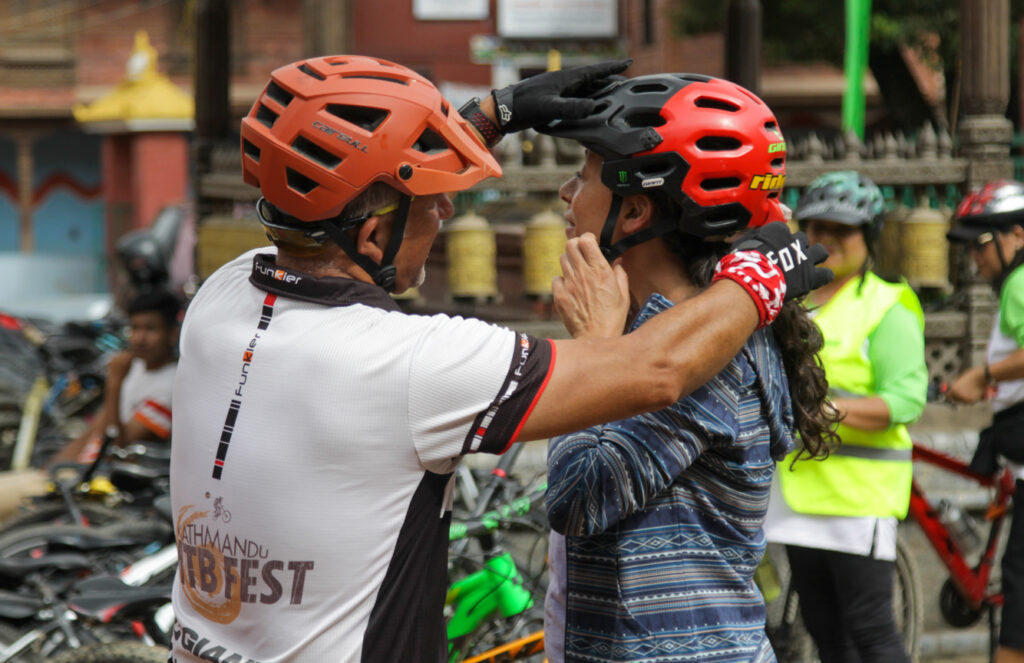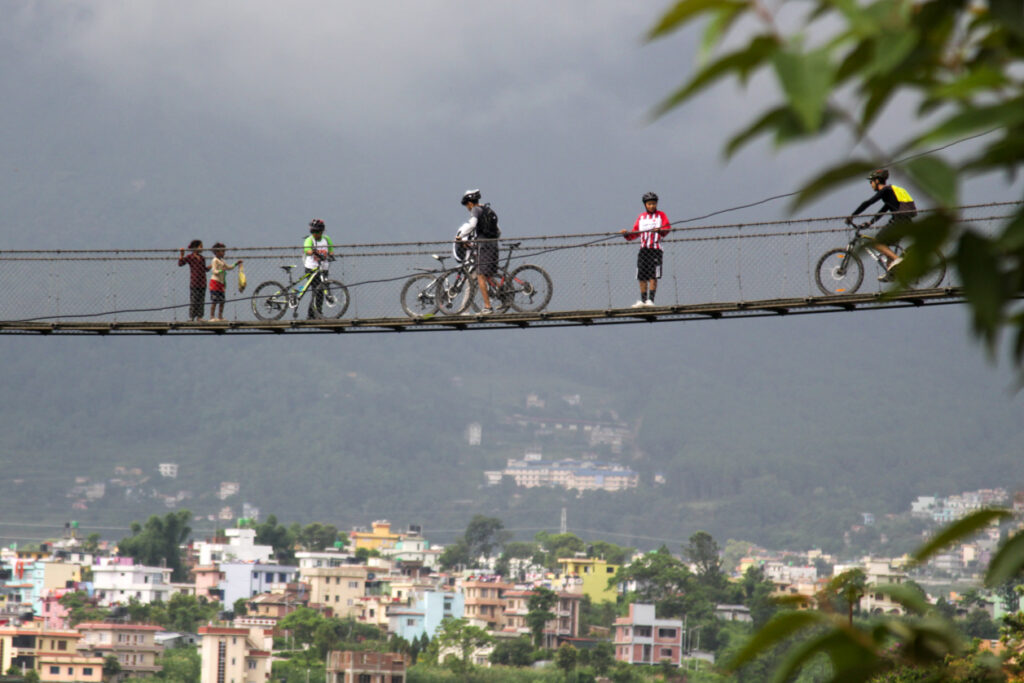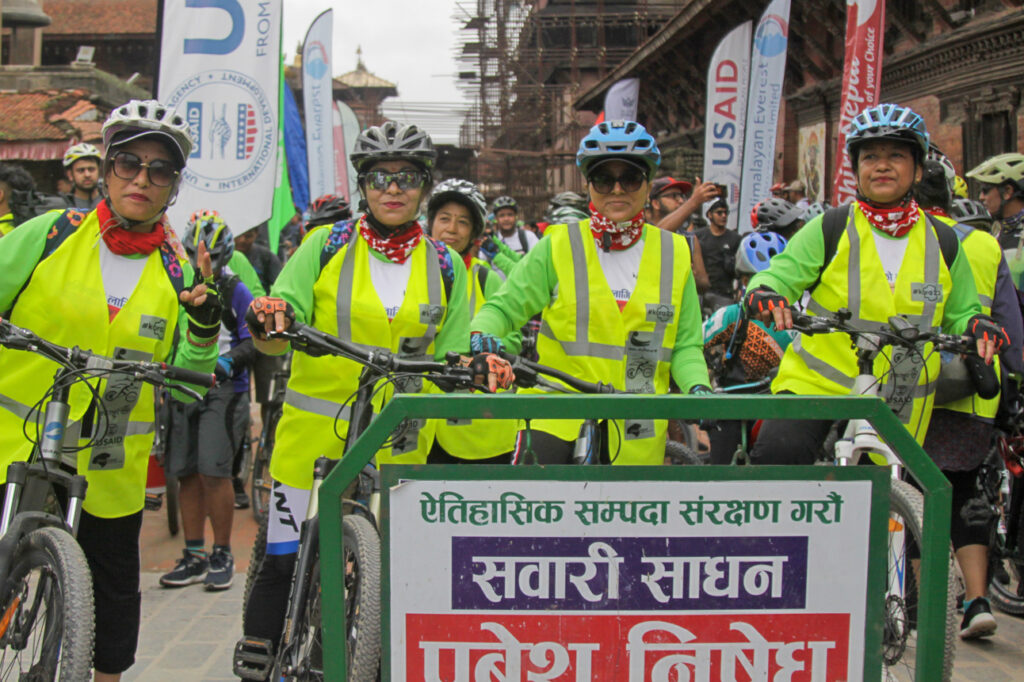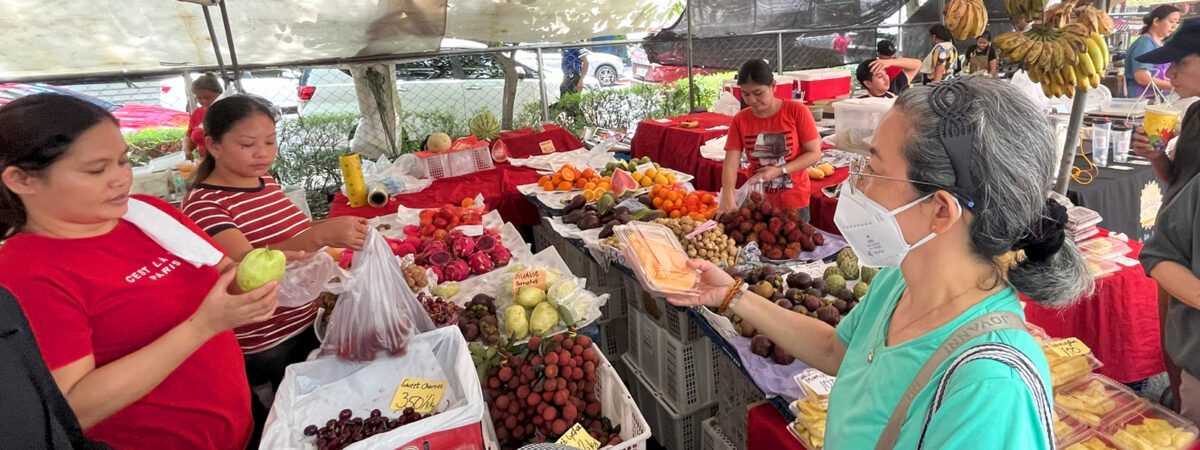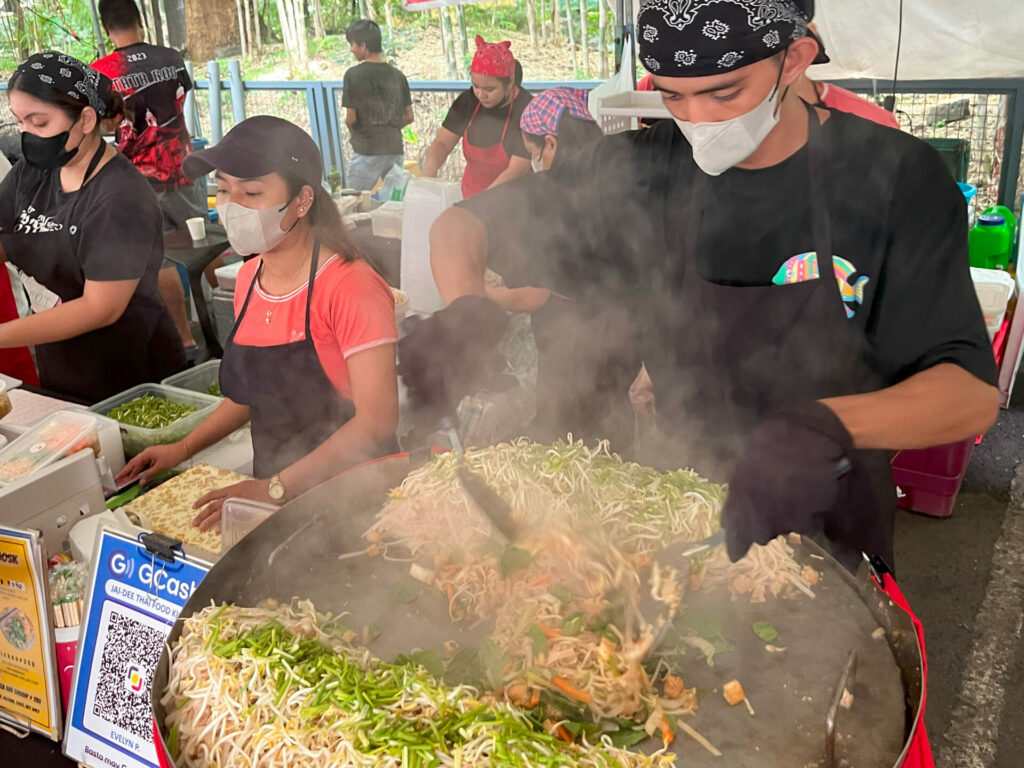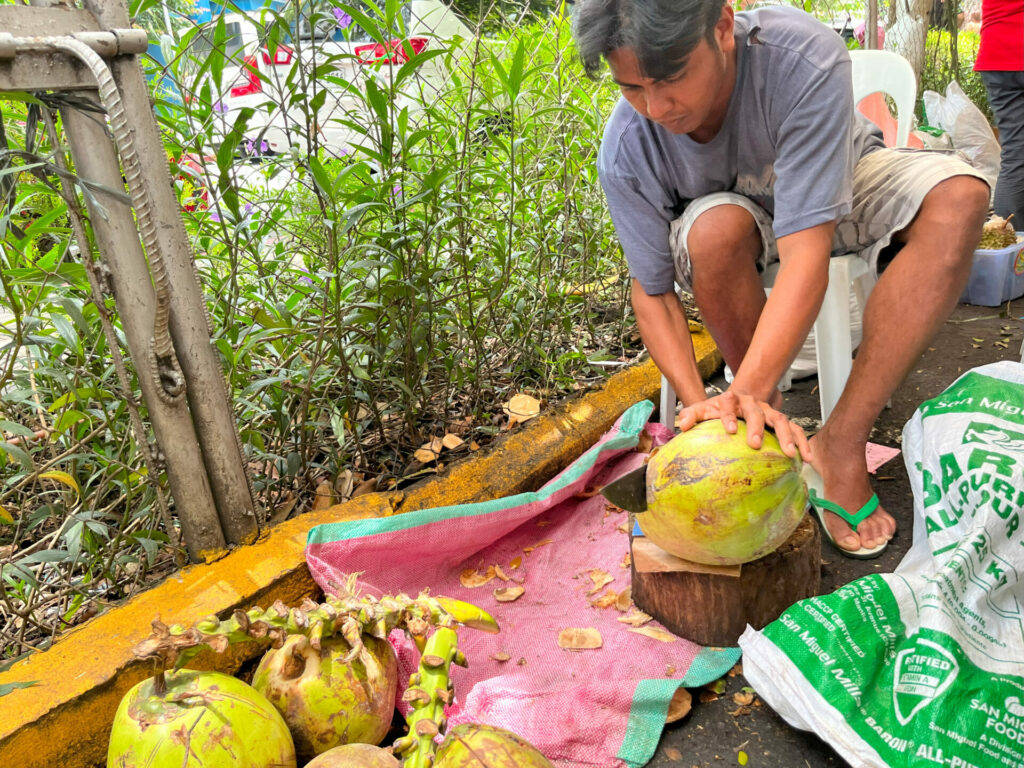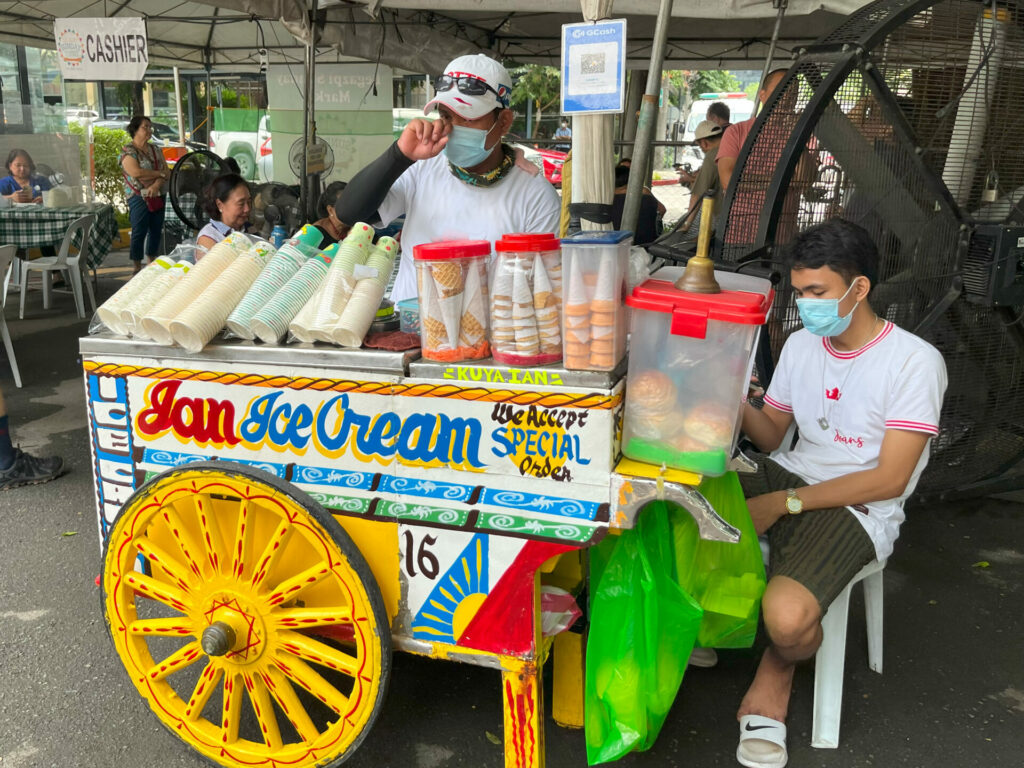It was overcast, and a bit cool for an early summer morning in southwest Colombia. As I trekked downhill along a rocky trail through lush, green trees sheltering colourful, flitting hummingbirds, I stifled a yawn. I felt slightly groggy, as it had been a late evening the night before. That fatigue would soon fade, thanks to Luis Alejandro Ortega and what’s grown on his family’s farm.
I was far from home in Huila, one of Colombia’s 32 departments. It’s among the country’s most prolific coffee-producing regions. And Luis’s farm, tucked up into the heart of the Colombian Andes, boasts some of the best beans you can find in Huila or anywhere else. I was there to learn about the seed-to-sip process, but took away much more.
Within minutes, it became clear that life at the farm focuses on family, stewardship, and sustainability, a sweet blend resulting in coffee better than any other I’ve ever tasted. My time spent with Luis went beyond a simple sampling. His warm, welcoming spirit and passion for his craft transcended my scant Spanish and his halting English. He truly provided a cup of kindness, a highlight of my time spent in Colombia, and one I’m most grateful for.
Back home in the States, I don’t usually give much thought to where my morning mugs of coffee come from. Often, I brew a pre-ground mix at home. Other times, I grab a cup to go in my mad dash to the office. A splash of cream, no sugar and lots of caffeine equals the perfect morning kickstart. I was only vaguely aware of coffee’s rich 300-year history in Colombia, and once I stepped foot onto the farm, my view of that morning ritual completely changed. It won’t be the same ever again.
Luis’s father first established the farm outside the city of San Agustin more than five decades ago. His 8-hectare farm produces small-batch, organic beans, and exports 8,000 kilograms of Geisha, Caturra and Bourbon varieties each year. The beans are picked, separated from their pulp, sun-dried onsite for a month and then sold unroasted to select customers. Every step of the harvest and production process is done by hand, all of it with a lot of love.
Along with the farm’s sweet, shaggy dog Apolo, we wandered through stands of sturdy trees loaded with small white blooms and red, ripe coffee cherries. Luis encouraged me to sniff the coffee flowers and chew a few of the fruits. He grinned as I nodded my enthusiasm for their honeyed smell and taste. We then headed to the nursery.
Luis holds back a few of his best beans from market, using them to sow the family farm’s future. First, they are planted in tiny pouches lined with rich, fertile soil. As they sprout and grow, Luis keeps a keen eye on their roots. Only seedlings with the strongest, longest roots will be grown into trees, he explained with a twinkle in his eye.
It takes two years for a tree to flower and produce fruit. At that point, it’s planted in the main fields with its predecessors. Every 10 years, each tree is pruned back to promote peak bean production. It will go through the process several times, reaching the end of its lifespan at age 40, having produced thousands of beans.
Seven employees help Luis year-round to steward the farm, painstakingly continuing this precious life cycle. They work as a team tending the nursery, caring for the trees, composting the soil, and ensuring there are no signs of disease or insect infestation.
When we arrived at the outdoor tasting table, Apolo still in tow, I met one of Luis’s most trusted assistants — his son, Ricardo. The two men gestured for me to pull up a stool and watch their meticulous work. The pair’s bond was sweet and unmistakable: Luis watched carefully, nodding in approval as Ricardo ground beans and heated water. He then slowly crafted the perfect pour-over so I could taste their pride. I received each cup with both hands, sipped each blessedly caffeinated drop, and tasted bright fruit, a bit of sweet acid, and a lot of love. It was something beautiful, and an artisan tradition I’m sure will last for generations in the Ortega family.
Friends, you’re not getting this at Starbucks.
As I sampled each variety, I realized Luis’s coffee was perfect on its own. Just as there’s no need to salt or pepper a meal at a top restaurant, cream or sugar wasn’t necessary. I was incredulous, and my face must have shown it. Luis looked at me in anticipation.
“¿Cómo es?”
The question needed no translation.
“Perfecto! Perfecto, muchas gracias,” I responded.
We laughed together with an understanding beyond words. I was far from home, could only speak a few words of Spanish, and in a place still healing after years of civil unrest. Yet I felt warmly welcomed thanks to the Ortegas’ joy, enthusiasm, and willingness to share their family’s delicious legacy. It’s a travel memory that I know will far outlast the beautiful beans I brought back with me.

